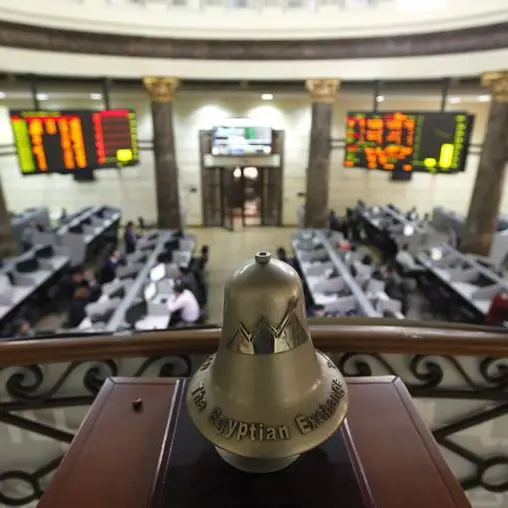PHOTO
SYDNEY - Asian stocks traded higher on Wednesday, unfazed by a rating downgrade to China by Fitch which triggered a mild domestic sell-off but which analysts said did not take into account the economy's future performance.
MSCI's broadest index of Asia-Pacific shares outside Japan was up 0.7%, after U.S. stocks ended the previous session with mild gains. The index is up 0.2% so far this month.
The yield on benchmark 10-year Treasury notes was at 4.3556% compared with its U.S. close of 4.366% on Tuesday. The two-year yield, which rises with traders' expectations of higher Fed fund rates, touched 4.7384% compared with a U.S. close of 4.747%.
Fitch affirmed China's sovereign rating at 'A+' even though the outlook was downgraded to negative and it forecast economic growth this year would slow.
"These downgrades reflect mostly the current cyclical situation in China, they are not forward looking. This means that as and when China's economy improves, they will change their rating outlook to positive," said Chi Lo, BNP Paribas Asset Management senior strategist. He added the Fitch move followed a similar call by Moody's in December.
China's blue chip CSI300 index was down 0.43% after earlier opening flat while the Shanghai Composite was down 0.34%. Hong Kong's Hang Seng Index escaped the selling and was trading up 1.88%.
Australian shares were up 0.3%, while Japan's Nikkei stock index was down 0.4%. The Nikkei is looking to test 40,000 points again, with the yen's slide seen helping fuel that push.
However, further weakness in the Japanese currency could prompt authorities to intervene, especially if the yen breaks 152 per dollar.
"Market participants will be on high alert for a potential FX intervention from Japan's Ministry of Finance (MoF) today," CBA economists said. They added that a strong U.S. inflation report would prompt dollar-yen to rally, which could lead the Japanese government to begin buying yen.
In Asian trade, the dollar rose 0.01% against the yen to 151.78. The currency is getting closer to its high this year of 151.97 on March 27.
The European single currency was flat at $1.0856, having gained 0.64% in a month, while the dollar index, which tracks the greenback against a basket of currencies of other major trading partners, was up at 104.14.
U.S. consumer price data due on Wednesday will be closely watched by investors as they seek direction on the next move in interest rates. The data is expected to show a rise in headline inflation to 3.4% year-on-year, from 3.2% in February.
"Markets are looking at the data to answer one question: is inflation sticky or is the disinflation progress in line with Fed's expectations?," ANZ's economists said.
"We think the data will suggest that inflation pressures are waning slowly."
The prospect of a U.S. interest rate cut as early as June is now being considered by financial markets, with the inflation reading seen as key to the central bank's next move.
"The Fed funds futures market is currently pricing about a 60% chance of a June cut. A strong core CPI of 0.3% for the month or above can further dampen the case for a June rate cut, pressuring U.S. yields and the USD sharply higher," said CBA economists in a note.
"But if the core CPI prints below 0.3% for the month, market pricing for a June cut may only rise modestly and the USD may edge slightly lower."
In the U.S., the Dow Jones index finished down 0.02%, the S&P 500 gained 0.1%, while the Nasdaq Composite rose 0.3%.
U.S. crude ticked up slightly to $85.34 a barrel. Brent crude rose to $89.52 per barrel.
Gold was slightly higher. Spot gold traded at $2,352.93 per ounce.
(Editing by Jacqueline Wong and Miral Fahmy)























